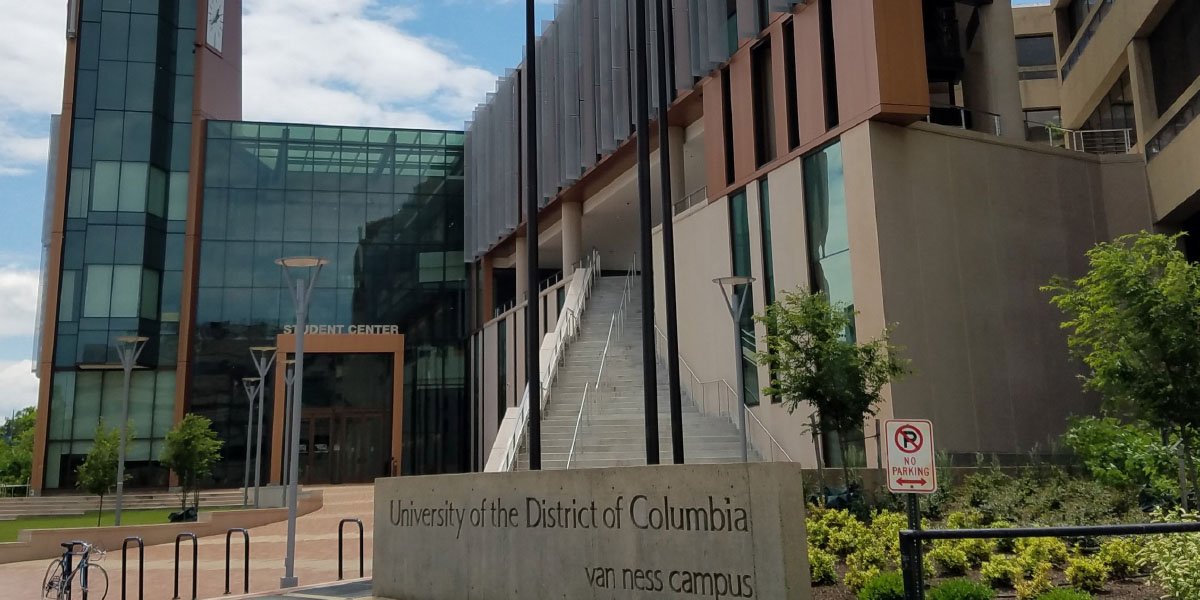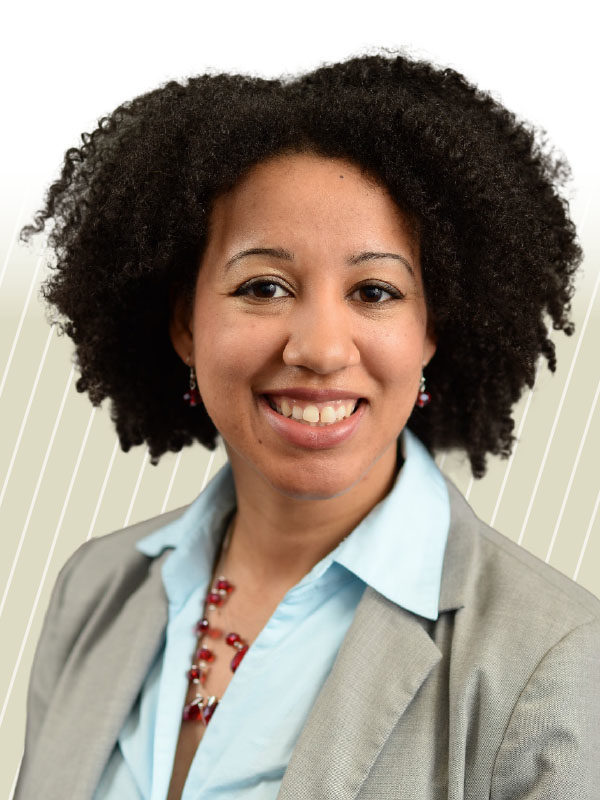The day before her presentation at the NACUBO 2018 Annual Meeting in Long Beach, Calif., Raysa A. Leer’s hair fell out. While a diagnosis of breast cancer and the subsequent chemotherapy treatments might have caused most people to cancel, she remained determined to proceed.
“I was diagnosed about two months before that NACUBO presentation,” says Leer, executive director for business affairs, office of the chief operating officer at the University of the District of Columbia (UDC), Washington. “I told the doctors, ‘All right. We’re going to get started. We’re going to do chemo. We’re going to do what we have to do, but I have this presentation scheduled, and I’m going to make it.’
“I had my first chemo treatment three weeks before the presentation,” Leer explains. “When half my hair fell out in my comb, I was rather stunned. It was an emotional moment, but I called a couple of close friends, and they talked me through it. The day of the presentation, I used a scarf as a headwrap. As far as I know, no one in the audience ever knew anything was amiss. I still wanted this professional experience and to do what really mattered to me while fighting a major, life-changing disease.”
How are you doing now?
All the hard parts (chemotherapy, surgery, radiation) are behind me, and I have been declared cancer-free. I am feeling like my old self again!
Going through treatments really changed my perception of what we leave behind in the world. I want to share my experience in a way that will be beneficial to others who find themselves in a similar, complicated situation. I did not want to be defined by having cancer; I am more than just a cancer survivor.
Of course. So tell us about the NACUBO presentation you delivered that day.
My presentation focused on developing a financial forecasting model with a robust software system that allows business officers to employ visual aids to help them gain a better sense of their financial picture and communicate that picture to stakeholders. Most people find financial presentations less than edifying, which keeps them from latching onto important financial messages.
I demonstrated how one can use UDC’s model to highlight key financial information and projections in a slide deck that can be manipulated in real time in front of an audience. In this dynamic model, charts can be changed to reflect the questions that audience members ask, showing them in that moment the actual dollar shift in compelling graphics. By making the format and presentation visually interesting—and far more captivating than information provided on static spreadsheet screenshots—you make the information more memorable and are consequently more effective at giving people the key financial information they need.
How long have you been with UDC?
I moved to Washington, D.C., in 2009 after an economic downturn in my home state of Michigan and joined the university that year.
Didn’t you codevelop the first electronic, multiyear financial model for UDC?
Yes, limitations within our system had been making it difficult to get at the kind of detailed financial information we were looking for. We knew we needed a more powerful tool to help us create multiyear budget forecasts that captured both direct and indirect costs and accounted for various forms of revenue. We started building the model in 2016 and launched the first version in 2017.
The model, which looks at a three- to five-year future time span, laid the foundation for the budgetary components of the university’s Equity Imperative strategic plan. Our president was able to take the information from the model, particularly the projection that showed potential funding gaps in future years, and use it as part of the language in the strategic plan in order to seek additional revenue from increased enrollment and have conversations with local leaders regarding additional appropriations.

What is the Equity Imperative strategic plan?
It’s the strategic plan for UDC, a public, urban-focused, historically black university in the nation’s capital. This plan outlines the goals and strategies for the university to become a public higher education model for urban student success. The university wants to support D.C. in its continuing effort to become a more sustainable, resilient, and equitable community. With the plan as a guide, the university is creating solutions to urban challenges, supporting an exemplary workforce at all levels, and developing transformative and ethical leaders, thus improving economic opportunity.
I understand you helped develop an emergency management plan for community college locations back in 2010 and 2011. Did you take special precautions because of your location in the nation’s capital?
Yes, at the time I was working with the university’s public safety office to account for various emergency situations at locations throughout the district. Each of our buildings, constructed in the mid-20th century, held special challenges for emergency preparedness because public safety was not necessarily part of the conversation when these buildings were designed. People weren’t concerned about blind spots.
In addition to fire and natural disasters, we had to plan for other types of emergency situations, the most concerning being the possibility of an active shooter. One of our sites is located near the U.S. Capitol, so we also had to consider a potential emergency on Capitol Hill and how that would affect the site.
In 2013, you co-wrote an article, “Rethinking the Future of Learning: The Possibilities and Limitations of Technology in Education in the 21st Century.” What did you predict?
In the article, I was reviewing technology connected to education. One of the main changes I saw was the ability to remove students from the brick-and-mortar classroom and allow them to access a quality education remotely.
I also explored what might happen over time to the physical spaces at universities and colleges. Will we say farewell to lectures in classrooms and hello to collaborative spaces that become hubs of innovation and teamwork? Offices could turn into multiuse swing spaces. Conference rooms could become areas for group work, complete with technology that would allow for remote participation and “smart” walls for real-time note-taking, problem-solving, and design work.
In the brick-and-mortar spaces, students and faculty could come together to solve problems and work on applied research, as opposed to students sitting in a classroom and listening to a lecture.
Do you think your predictions have been accurate?
Yes, I think we are already seeing a change in college and university spaces. We now see smart technology in homes and corporate buildings, and it’s beginning to appear in various ways in educational spaces beyond smart monitors. I believe we will see even more collaboration between instructors and students via new educational technology to create, test, showcase, and transform their work.
What’s the most important professional lesson you have learned?
Politics and relationships do affect decisions in the workplace, and the logical or meritorious solutions do not always come out ahead.
Even when there is an answer that makes the most sense, local or internal politics usually enter the equation—that was a bit of a revelation. When I was younger, I always thought ideas would be evaluated predominantly on their merits. I didn’t fully appreciate how much relationships can influence decision making.
What would you say is the best business advice you have ever received?
Don’t do it if you don’t love it. If you aren’t interested in giving 150 percent every day to what you do, if you don’t wake up and know—even on the bad days—that you love what you do, you’re in the wrong field. You need to find what makes your heart sing.
MARGO VANOVER PORTER, Locust Grove, Va., covers higher education business issues for Business Officer.



